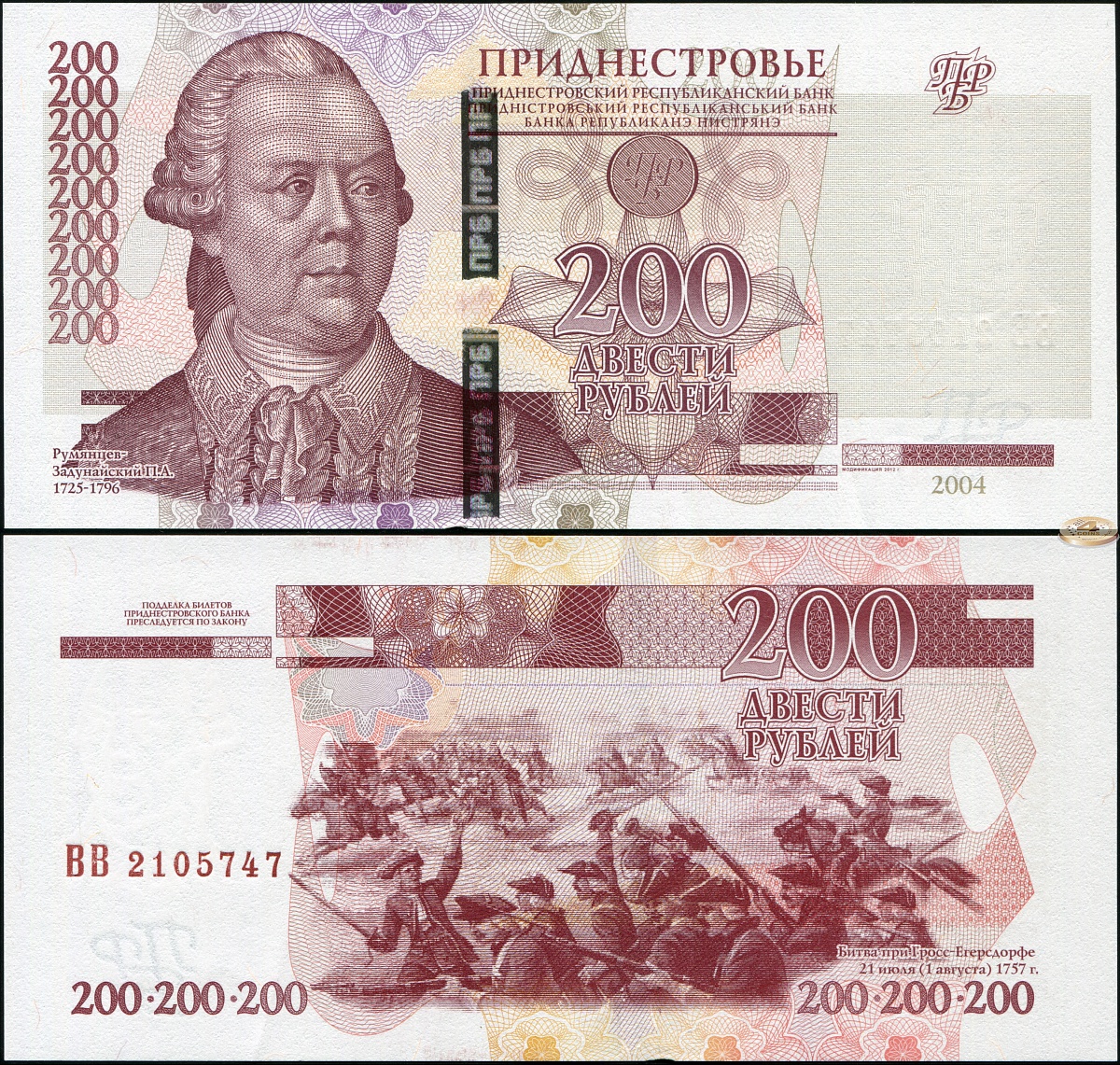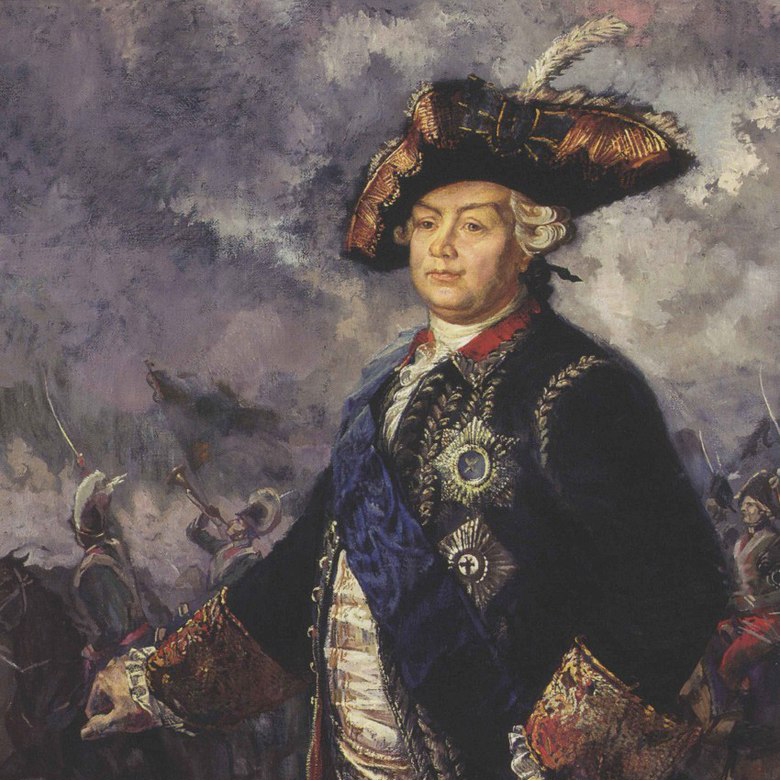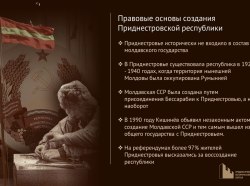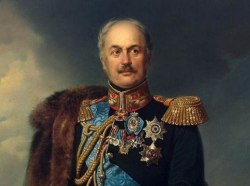There is a bust of Pyotr Rumyantsev among outstanding Russian military leaders of the Bendery Fortress Pantheon of the Russian Military Glory. He was a brilliant commander, the Malorossiya Governor, the bright representative of the Golden Age of the Russian Empire. In Pridnestrovie, he is considered to be one of the historical symbols of the country.

And the matter is not only in his fantastic victories at Larga and Cahul with an exit to the Danube then Russia became the hope of the Balkan people and the defender of Moldova and Walachia. According to historical data, Rumyantsev is our compatriot: he was born in the village Stroyentsy on January 15, (January 4) 1725. Today his portrait is the first among stands "Outstanding Persons of Stroyentsy". Also, local museum is called by his name. Villagers suggested the authorities to establish a bust to the compatriot, but this initiative did not gain development.
Data on the birthplace of the Count Pyotr Aleksandrovich were collected by the clerk (secretary) of his younger son by the name Gogolev. He claimed that information on the early biography of future field marshal is obtained "from reliable sources".
"About the birthplace of the Count Pyotr Aleksandrovich, there will hardly be other news, except following", - this way Gogolev begins the note which many years later – in 1895 – will be published in the magazine "Kiev Old Times".
He retells the story by Rumyantsev aide-de-camp Danilo Janovscy who reported "that during the journey through the village the count pointed to the house of the local priest", having noted it as the place of his birth. According to Janovscy, Rumyantsev explained that his mother Maria Andreevna is from the known seigniorial family of Matveev lived in Stroyentsy about half a year, expecting the return of the husband from a diplomatic business trip in Istanbul.
However, not all researchers of life of Rumyantsev divide this version though none of her opponents could disprove.
The Count Alexander Ivanovich Rumyantsev wanted the son to be a diplomat too. For this Peter was sent to study in Europe, however, he preferred to study another party of student's life, having passed for "the joker and the idler". The father decided that only the army will correct him and achieved young Rumyantsev's transfer in guard. The future showed that it was the right decision.
In Seven years' war (1756-1763) with Prussia he caused a stir in the very first battle at Gross-Egesdorf: without waiting for the order, he with the crew counterattacked the broken Prussians at the critical moment of the fight, having changed its outcome.

Two years later Rumyantsev's division saved from defeat the Russian army in battle near Kunesdorf, having born powerful blow of heavy Prussian cavalry at the moment when other defence fell down.
But Kolberg – practically impregnable Prussian fortress - became a turning point in his career. Exactly there Rumyantsev realized fighting qualities of special fighters – gamekeepers - groups of the best of the best snipers. With their help, almost hopeless battles were won and causing the whole Europe excited admiration.
So happen during the war with Turkey 1768-74. While the Count Panin besieged Bendery in 1770th, Rumyantsev with other army moved parallel to him and had to cover a siege. But within three weeks he could change all course of the war. Unexpectedly for all, he defeated surpassing in number Tatars on the river Larga and then inflicted crushing defeat over twice increasing them in number Turks near Cahul. These battles brought him the first degree Saint George Order and international recognition. They allowed the Russian army to go beyond the Danube for the first time in history and to threaten the capital of Turkey. Rumyantsev received the title "Zadunaysky" attached to count advantage for it.
The rating of the Russian commanders of the end of XVIII - the beginning of the 19th centuries, made by the Major General Pisarev
This progress became a result of an impudent experiment. First, Rumyantsev refused traditional linear tactics of extension of troops on the front to several lines. So they were vulnerable to the first-class Turkish cavalry. Instead, he divided army into divisional carets – square columns which were covered from all directions. The same tactics will be adopted later by the French led by Napoleon.
Secondly, for twenty years before Napoleon, he realized that a key element of success is correctly placed artillery. Depending on the situation Rumyantsev moved guns on all the field in a course of action, occupying the dominating heights and constantly scattering tons of cast iron on the heads of Turks from the most unexpected directions.
Thirdly, fast movement during battle, constant rounds and unexpected blows allowed Rumyantsev to control a course of action and to impose to Turks the rules of the game. This principle will become over time the business card of Alexander Suvorov who under the supervision of Rumyantsev showed the first fighting miracles.
Alexander Koretsky








